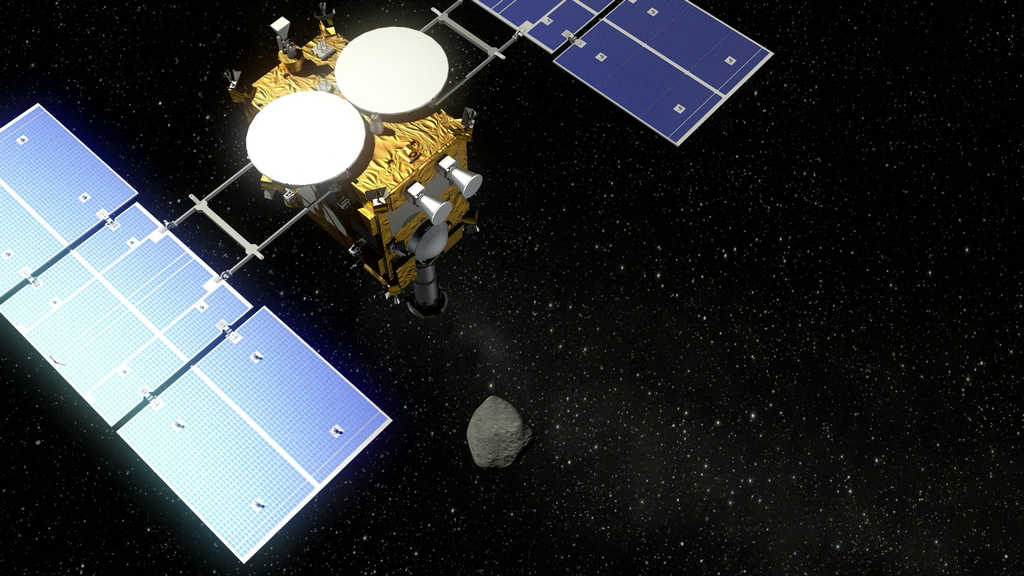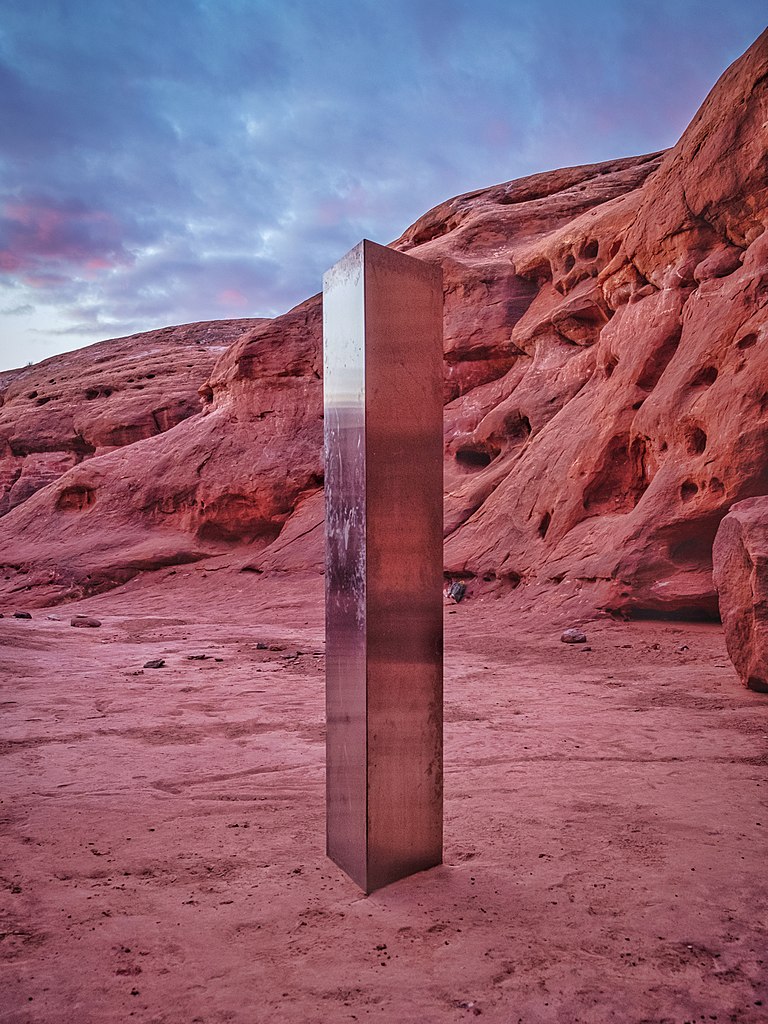Hayabusa2 Returns Asteroid Samples to Earth
On Saturday, Japan’s Hayabusa2 space probe dropped off a capsule holding two samples from an asteroid. The capsule fell to Earth in Australia, where it was quickly recovered. It’s only the second time asteroid samples have been brought back to Earth.
The samples came from Ryugu, an asteroid about 185 million miles (300 million kilometers) away. Last year, the Hayabusa2 collected two separate samples from the 4.6-billion-year-old asteroid.

(Source: Deutsches Zentrum für Luft- und Raumfahrt (DLR), via Wikimedia Commons.)
As the capsule fell to Earth, it briefly turned into a bright fireball. As it got closer to Earth, a parachute slowed the capsule so it could hit the ground safely.
Japan’s space agency, JAXA, used the capsule’s special radio signal to track it to its landing spot. In about two and a half hours, the capsule had been located and collected by helicopter.
😕
This image has not been loaded because of your cookie choices. To view the content, you can accept 'Non-necessary' cookies.
As the capsule fell to Earth, it briefly turned into a bright fireball. As it got closer to Earth, a parachute slowed the capsule so it could hit the ground safely. In about two and a half hours, the capsule had been located and collected by helicopter.
JAXA is racing the capsule back to Japan, hoping to get it to a lab before any Earth air can leak in and touch the samples. The scientists hope the samples will tell them more about the beginning of the solar system and perhaps even the beginning of life.
Chang’e 5 Returning to Earth With Moon Samples
On November 23, China launched its Chang’e 5 moon mission. Now it’s returning to Earth with the lunar samples it collected earlier this week.
On December 1, the Chang’e’s lander and ascent vehicle touched down on the moon’s surface. The lander collected lunar soil and rock samples from the surface, as well as drilling down two meters into the moon to collect other samples.
😕
This image has not been loaded because of your cookie choices. To view the content, you can accept 'Non-necessary' cookies.
On December 1, the Chang’e’s lander and ascent vehicle touched down on the moon’s surface. The lander collected lunar soil and rock samples from the surface, as well as drilling down two meters into the moon to collect other samples (above).
After about 19 hours on the moon’s surface, the ascent vehicle lifted up off the moon again. On Saturday, the ascent vehicle docked with the orbiter, which was orbiting above the moon while the lander was at work on the surface.
The mission is now headed back to Earth and is expected to land in Mongolia in late December. If the mission succeeds, China will become the third country to bring back lunar samples.
😕
This image has not been loaded because of your cookie choices. To view the content, you can accept 'Non-necessary' cookies.
After about 19 hours on the moon’s surface, the ascent vehicle lifted up off the moon again (above). The mission is now headed back to Earth and is expected to land in Mongolia in late December.
The last lunar samples were collected over 40 years ago. China’s samples should be quite different from the earlier samples, since they were collected in a different place and in a different way.
Monoliths Appear and Disappear Around the World
In late November, a strange “monolith”, or metal column, was discovered in the middle of the desert in Utah. No one seemed to know exactly when, why, or how the monolith got there. The US Bureau of Land Management (BLM) said it didn’t belong on public land.
Just a few days afterward, BLM reported that the monolith had disappeared. Later, it was reported that the monolith was removed by four men in the middle of the night.

(Source: Patrick A. Mackie, Chainwit. [CC BY-SA 4.0], via Wikimedia Commons.)
Next, another metal monolith was discovered. This one was on the other side of the Atlantic Ocean, in Piatra Neamt, Romania. The monolith in Romania was on protected land. But soon, that one, too, disappeared.
Last Wednesday, another metal monolith was discovered on a mountain near Atascadero, California. Unlike the other monoliths, this one was not planted firmly in the ground. On Thursday, it was knocked down and dragged off by vandals.
